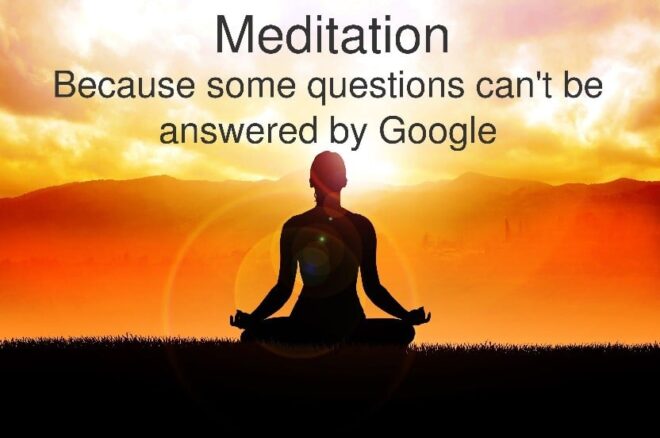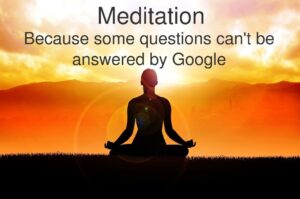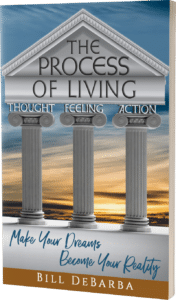How do you get the world just to give you a break for a minute (or so)?
The practice of meditation
What does it take to get what’s going on within us? Most of us think our thoughts tell us what we need to know. If that’s true, why do those thoughts seem to pull us in different directions so often? Sometimes, we feel like we’re unclear about what we want out of life. Is it because others are telling us what we should want, or is it something else we can’t quite grasp?
If you are serious about finding answers to these questions, it’s time to consider meditation. Meditation is the most powerful tool for focusing your mind on what is true for you and helping you gain the most benefit from life. Everyone has heard about meditation. While it was once practiced mostly in India and other Eastern countries, it is becoming increasingly popular in the West.
The benefits of meditation cannot be overstated. The key benefit is that it allows you to slow down, or even stop, the conscious mind for a little while. This gives the subconscious the chance to be heard. Many will say that it allows you to hear the voice of God that resides within you. I would certainly not argue—in fact, I would go so far as to say that these concepts are two ways of saying the same thing.
How do you meditate?
There are many methods. If you are not practicing any specific meditation techniques, you will want to research. Here is a practice that is very simple and effective:
- Find a comfortable chair in which you can sit upright, with your back straight and your hands relaxed on your lap. If possible, avoid leaning back against the chair.
- Take three slow, deep breaths, hold each one for a few seconds, and release slowly.
- Take a deep breath with a double inhale. While holding your breath for a few seconds, tense your entire body as hard as possible without causing pain. Then relax the muscles and release the breath in two short exhales, then long. Repeat this three times. This will help relax the body for meditation.
- Stay as still as possible. Raising your eyes slightly behind closed eyelids helps promote stillness of the mind.
- For some time (a couple of minutes to hours), focus all your attention on your breathing. Observe your breath going in and out of your lungs. Focus on nothing else. Do not attempt to control your breath—just let it happen as it normally does.
- If other thoughts enter your mind, gently let them go. Don’t get anxious or upset about them. It happens to everyone—even experienced meditators.
- Avoid thinking about your goal—how it will happen, what you will do, etc. If you do that, you will return to logical thinking and lose the benefits of meditating.
The Benefits of Meditation
Once you start meditating regularly, be prepared for changes in your life. While it has been known to happen, don’t expect sudden enlightenment to descend upon you. What you will find, however, is that as time goes on, you will begin to feel more relaxed and refreshed during meditation and throughout your day. After that, just pay attention. What you see and experience will start to clear your mind of all the noise that doesn’t matter and help you focus on what does.
Would you like to learn more about the effects of meditation? My book, The Process of Living, will provide information and examples that you will find very beneficial.


